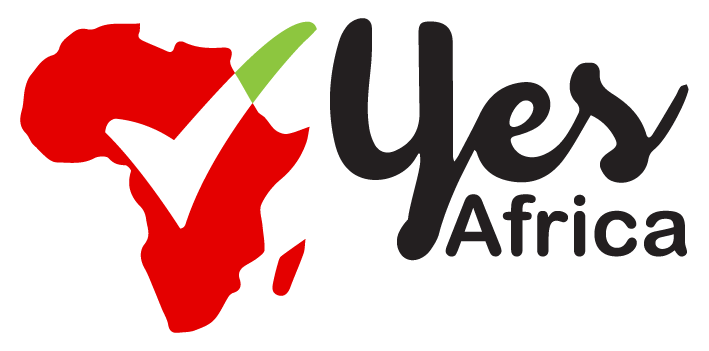South Africa experienced foreign direct investment outflows amounting to 3.2 billion rand ($179.87 million) in the third quarter, a significant decline from the inflows of 16.6 billion rand recorded in the second quarter.
The South African Reserve Bank (SARB) indicated in its Quarterly Bulletin that these outflows were primarily attributed to domestic subsidiaries of multinational corporations repaying loans to their parent companies.
In a notable shift, portfolio investments saw inflows of 45.6 billion rand during the July-September period, reversing the outflows of 20.1 billion rand noted in the previous quarter.
Nthabiseng Molemoeng, the head of balance of payments at the SARB, stated that the inflows were largely driven by an increase in foreign investments in publicly traded government bonds, following eight consecutive quarters of equity outflows.
- Advertisement -
The government issued bonds have attracted many foreign investors due to its reliability and high returns. With more FDIs, South Africa will be able to shore up its revenue base, build its external reserve and provide more liquidity to boost the Rand.
The South African Rand was steady against the dollar on Thursday, after the release of third quarter employment data and producer inflation figures. This lends credence to how the country’s FDI inflow has helped in stabilising the currency.
Also, South Africa’s inflation dropped to its lowest in four years, an indication of how the Central Bank has been trying to curb the rise in commodities with its various monetary policies.










